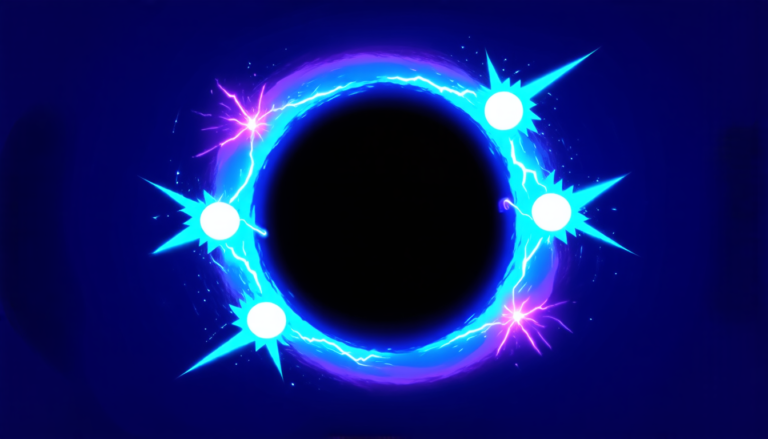Saturday 31 May 2025
Physicists have made a significant breakthrough in understanding the behavior of exotic hadrons, particles that defy traditional descriptions of matter and energy. By using advanced computer simulations, researchers were able to recreate the interactions between these particles and gain valuable insights into their properties.
Exotic hadrons are unlike ordinary protons, neutrons, and electrons, which make up the building blocks of atoms. They don’t fit neatly into the standard model of particle physics, and their existence challenges our understanding of the fundamental forces that govern the universe.
To study these enigmatic particles, physicists turned to a technique called lattice QCD, which uses complex algorithms to simulate the behavior of subatomic particles on a computer. This approach allows researchers to explore scenarios that would be impossible or impractical to recreate in a physical laboratory.
The team behind this latest breakthrough used a combination of advanced numerical methods and supercomputing power to simulate the interactions between exotic hadrons. They focused on a specific type of particle called D mesons, which are composed of one charm quark and one down antiquark.
By running simulations on powerful machines like the ones at Jefferson Lab, researchers were able to generate vast amounts of data on the behavior of these particles. This information was then analyzed using sophisticated statistical techniques to identify patterns and trends that might not be immediately apparent.
The results of this study shed new light on the properties of exotic hadrons, particularly their interactions with other particles. For example, the simulations revealed a previously unknown attraction between certain types of D mesons, which could have significant implications for our understanding of particle physics.
These findings are significant because they help to refine our understanding of the strong nuclear force, one of the four fundamental forces of nature. The strong nuclear force is responsible for holding quarks together inside protons and neutrons, as well as mediating interactions between these particles.
The research also has practical implications for the development of new particle accelerators and detectors. By better understanding the behavior of exotic hadrons, scientists can design more efficient and effective experiments to study these particles.
This breakthrough is just the latest example of how advances in computer power and numerical methods are revolutionizing the field of particle physics. As researchers continue to push the boundaries of what’s possible with lattice QCD simulations, we can expect even more exciting discoveries that will help us better understand the universe.
Cite this article: “Unraveling the Mysteries of Exotic Hadrons”, The Science Archive, 2025.
Exotic Hadrons, Particle Physics, Lattice Qcd, Simulations, Strong Nuclear Force, D Mesons, Charm Quarks, Down Antiquark, Jefferson Lab, Supercomputing.







